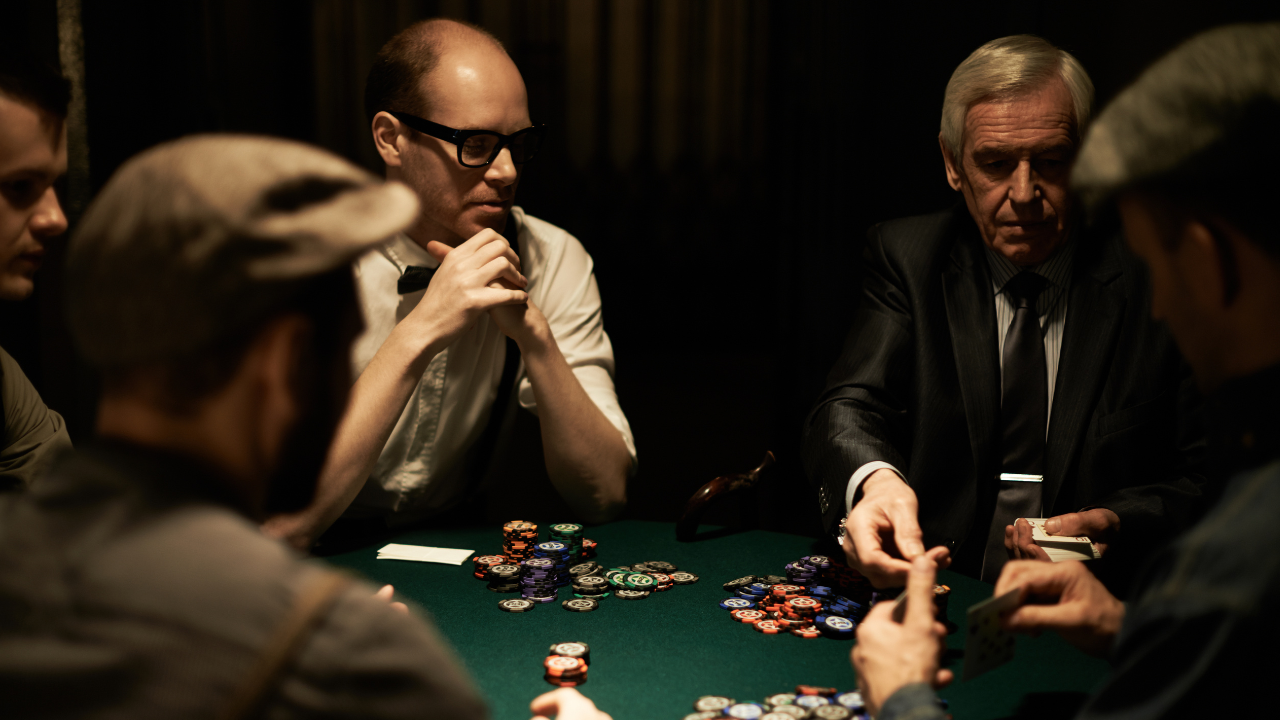
Playing well in poker requires an understanding of psychology and strategy that is just as important as having good hands. When playing poker, it’s common for players to show off hidden knowledge through their actions, which is called “poker tells.” You may get a substantial edge at the poker table by learning to recognize and understand these tells. Learn all the ins and outs of poker tells and how to read your opponents like a pro with this in-depth book.
Verbal and Nonverbal Tells in Poker
Poker tells may be broadly classified into two types: verbal and non-verbal. Some examples of non-verbal cues include betting patterns, facial expressions, and body language, while others include players’ remarks and phrases that are considered verbal tells. Improving your ability to interpret poker tells begins with mastering these categories. A verbal cue can range from a simple declaration like “I fold” or “I’m all in” to a complex expression with subtle changes in language, tone, and speed. Conversely, there are a wealth of clues that are sent by non-verbal indicators, such as changing one’s stance, making eye motions, and shuffling one’s chips. Being good at recognizing both sorts may help you gain a complete picture of your opponents’ emotional and physiological states.
Identifying Typical Verbal Signs
One of your opponents’ most direct clues is likely to be a verbal tell. Although they may make explicit claims regarding their hands, the real challenge is in understanding the nuances and context of their comments. More than what’s immediately apparent can be gleaned from subtle changes in vocal intonation, tempo, and punctuation. Learn to recognize typical verbal indications and get to the bottom of your opponents’ motivations so you can call their bluffs when they’re not being truthful.
Decoding Movements That Don’t Use Words
Many consider non-verbal clues to be the game’s core; these are where the real mind games in poker psychology lie. Small motions such as rearranging chips, tapping fingers, changing posture, and eye movements can offer a wealth of information about your opponent’s hand and strategy. We’ll show you the ropes when it comes to reading nonverbal cues like body language, so you can have a leg up in any situation. Mastering the nonverbal cues used by poker players may greatly enhance your ability to anticipate their moves and uncover their hidden strategies.
Formulating Your Approach to Poker Tells
Those at the top of their game are experts at reading and responding to tells. You need to master the art of using false tells as you master the art of reading your opponents. Let’s go into the art of bluffing—how to manipulate others with your words and actions—and how to make it work for you. We will offer you the information and resources you need to create a unique strategy for dealing with poker tells, which is an essential skill to have. As part of this dynamic and ever-changing approach, you must be aware of when to utilize your own fake tells to fool opponents and when to take advantage of other people’s tells.
Using False Tells: Mastering the Art of Deception
Deceit goes both ways in poker. Fake tells, in addition to reading your opponents, are skills you’ll need to hone. In this poker strategy guide, we’ll go over the basics, including bluffing, and teach you how to use subtle clues to your advantage. Mastering this skill will make it more difficult for your opponents to predict your moves and counter your attacks. When played correctly, deceit may be a powerful poker tactic that allows you to dictate the action and dictate the outcome of the match.
Helpful Hints for Becoming an Expert at Poker Tells
Mastering the art of reading poker tells is an ongoing endeavor that requires dedication and practice. We’ll provide you with helpful tips and exercises to improve your skills. Watching poker tournaments on television, keeping score in casual games, and practicing your poker face are all good ways to improve your game. Raising your level of observational skill will benefit your games overall and make you a better tell reader.
In sum: Why Observation Is So Powerful
Observation is your greatest ally while playing high-stakes poker. Being able to read poker tells properly can give you a significant edge over your opponents. Poker isn’t just about the cards; it’s also about the players and the information they bring to the table. Improving your observational skills, embracing the psychology of the game, and becoming a top-tier poker player are all possible outcomes of practicing to read your opponents like a book. With the strategies and knowledge you’ve received, you’ll be well-prepared to enter the poker scene and dominate your opponents. I wish you the best of luck and victory at the poker tables with your newfound skills! Hope everything works out!